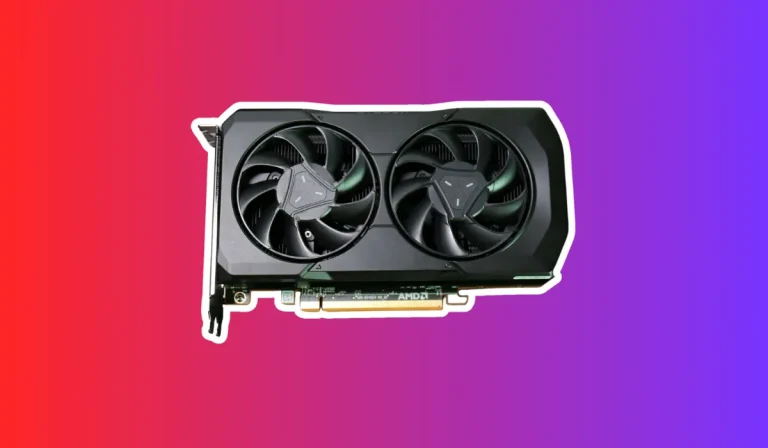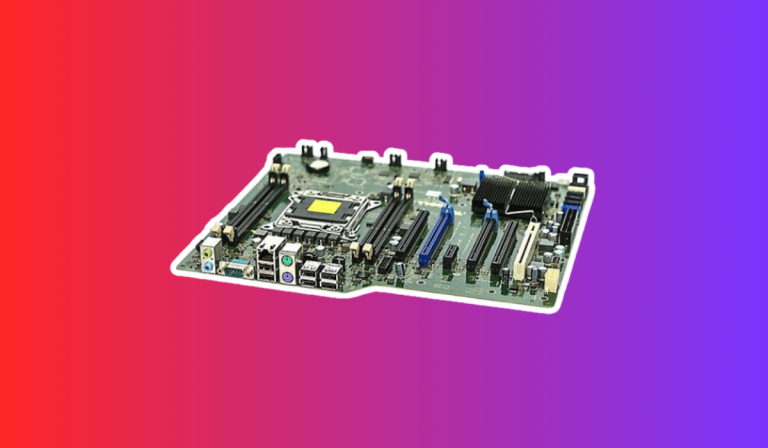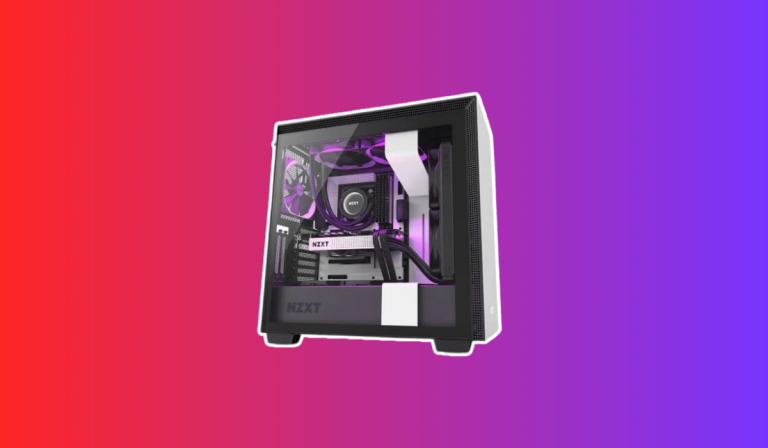How do I repair a graphics card with no display?
Imagine sitting in front of your computer, eagerly waiting to dive into your favorite game or work on a project, only to be met with a blank screen. Frustrating, isn’t it? The culprit could be a malfunctioning graphics card, the unsung hero responsible for displaying all those stunning visuals on your computer. In this article, we’ll provide you with a step-by-step guide on how to fix a graphics card with no display.
Possible Causes of No Display
Loose Cable Connections
One possible cause for the lack of display is loose cable connections. Over time, cables connecting your graphics card to the monitor or power supply may become loose or disconnected. Check all the connections and ensure they are securely attached. Sometimes, simply reseating the cables can resolve the issue.
Outdated Graphics Card Drivers
Outdated or incompatible graphics card drivers can also lead to no display problems. Drivers act as a bridge between your operating system and the graphics card, enabling proper communication and functionality. If your drivers are outdated, they may not be compatible with the latest software or games, resulting in a blank screen.
Updating your graphics card drivers to the latest version can often resolve this issue.
Faulty Graphics Card
In some cases, the graphics card itself may be faulty or damaged. Physical damage, overheating, or age-related wear and tear can all contribute to a malfunctioning graphics card. Inspect the card for any visible signs of damage, such as bent pins or burnt components.
If you suspect a hardware issue, it may be necessary to replace the graphics card.
Updating Graphics Card Drivers
Identifying the Graphics Card Model
Before updating the drivers, you need to identify the model of your graphics card. To do this, right-click on the Windows Start button and select “Device Manager.” In the Device Manager window, expand the “Display adapters” category to find your graphics card model.
Downloading the Latest Drivers
Once you have identified the graphics card model, visit the manufacturer’s website to download the latest drivers. Most manufacturers provide driver downloads on their support or downloads page. Look for the drivers specific to your graphics card model and operating system.
Manual Installation
After downloading the drivers, follow the manufacturer’s instructions to manually install them. Typically, this involves running the downloaded driver file and following the on-screen prompts. Make sure to select the correct options and agree to any terms and conditions during the installation process.
Using Driver Update Software
If manually updating the drivers seems daunting, you can also use driver update software. These programs scan your computer for outdated drivers and automatically download and install the latest versions. Popular driver update software includes Driver Booster, Driver Easy, and Snappy Driver Installer.
Checking Hardware Components
Monitor Connection
Start by checking the connection between the graphics card and the monitor. Ensure that the cable connecting the two is securely plugged in at both ends. If you are using an HDMI or DisplayPort cable, try using a different cable or port to rule out any cable or port-related issues.
Power Supply
A faulty power supply can also cause display problems. Check if the power supply unit (PSU) is providing enough power to the graphics card. Ensure that all power connectors from the PSU are securely connected to the graphics card. If your graphics card requires additional power connectors, make sure they are properly plugged in.
System RAM
Faulty or improperly seated RAM modules can lead to display issues. Remove and reinsert the RAM sticks, making sure they are securely seated in their slots. If you have multiple RAM sticks, try using one stick at a time to identify if a specific module is causing the problem.
Other Hardware Components
While rare, other hardware components like the motherboard or CPU can also contribute to display problems. Check for any visible signs of damage or loose connections. However, troubleshooting these components requires more advanced knowledge, so it’s recommended to seek professional assistance if you suspect a hardware issue.
FAQ’s
1. My graphics card is not displaying anything on the screen. What could be the possible causes?
There are several possible causes for a graphics card not displaying anything. Loose cable connections, outdated drivers, faulty graphics cards, or issues with hardware components such as the monitor, power supply, or RAM can all contribute to this problem.
2. How can I update my graphics card drivers to potentially fix the no-display issue?
To update your graphics card drivers, first identify the model of your graphics card in the Device Manager. Then, visit the manufacturer’s website and download the latest drivers specific to your graphics card model and operating system. You can manually install the drivers by running the downloaded file or use driver update software for a more automated approach.
3. I’ve updated my graphics card drivers, but I still don’t see anything on the screen. What should I do next?
If updating the drivers didn’t resolve the issue, it’s time to check the hardware components. Start by ensuring that the connection between the graphics card and the monitor is secure. Additionally, check the power supply connections, RAM modules, and other hardware components for any issues or damages.
4. Why is my graphics card not displaying anything even after checking all the hardware components?
If the problem persists after checking hardware components, it’s possible that the graphics card itself is faulty or damaged. Physical damage, overheating, or age-related wear and tear can cause a malfunctioning graphics card. In such cases, it may be necessary to replace the graphics card.
5. I’m not familiar with troubleshooting hardware components. What should I do if I suspect a hardware issue?
If you’re not comfortable troubleshooting hardware components yourself, it’s advisable to seek professional assistance. A computer technician or a specialist can help diagnose and fix any hardware-related issues with your graphics card or other components.
Conclusion
Troubleshooting graphics card issues systematically is crucial for resolving display problems effectively. By following the outlined steps, you can identify and address common issues such as outdated drivers, loose connections, faulty hardware, and more. It’s important to exhaust these troubleshooting methods before seeking professional help.
Additionally, maintaining a healthy graphics card involves regular driver updates, proper hardware maintenance, and keeping an eye on temperature levels.





